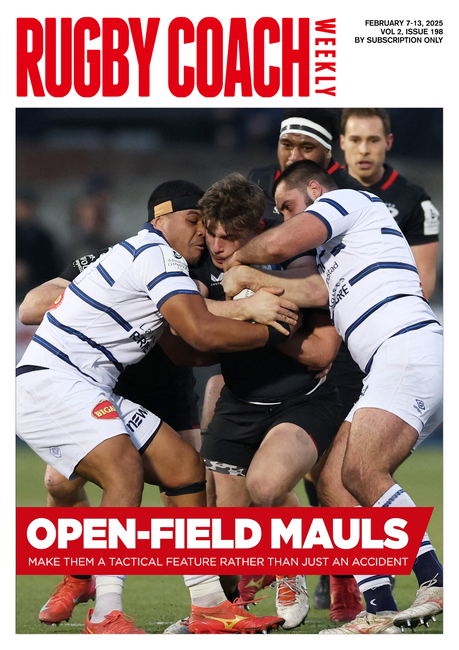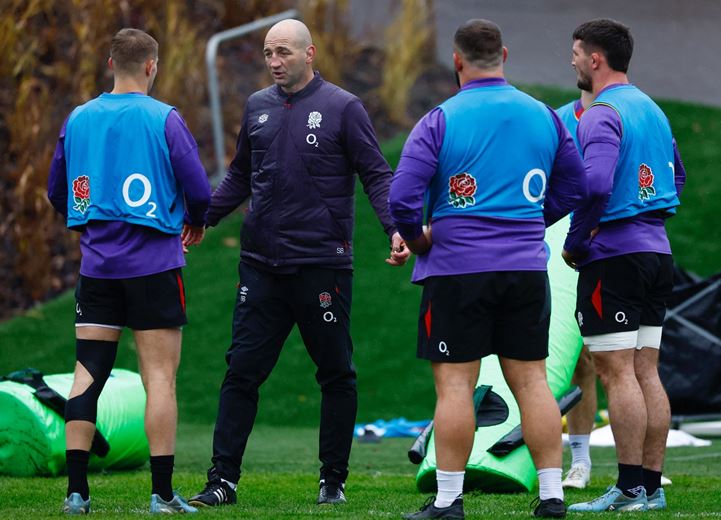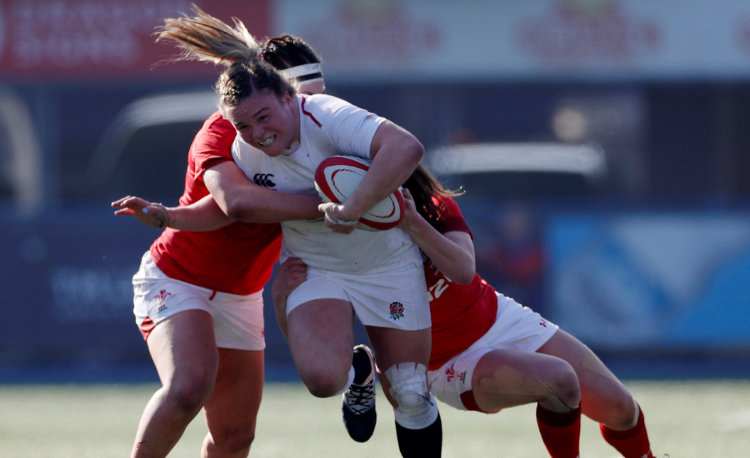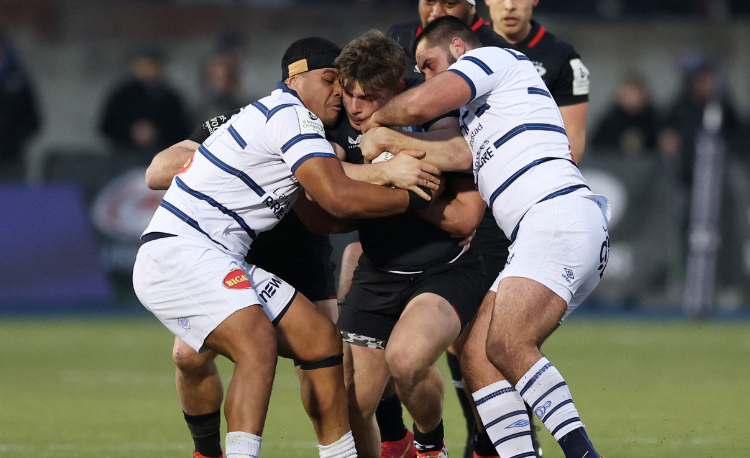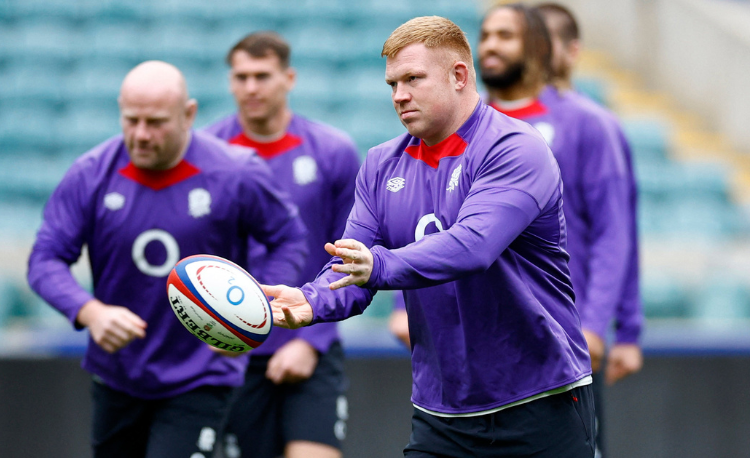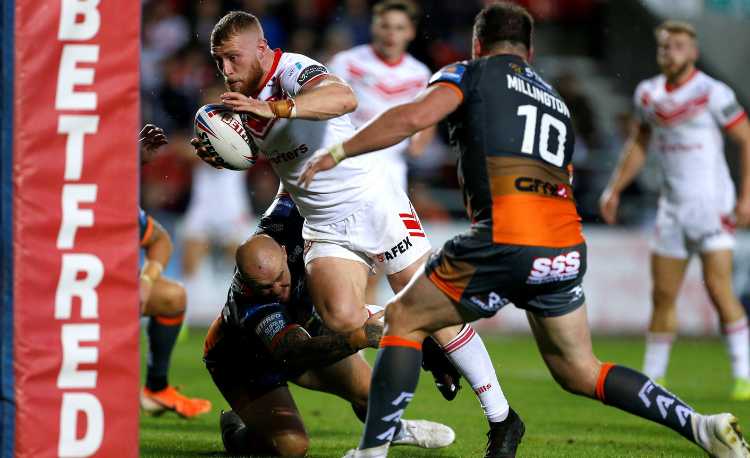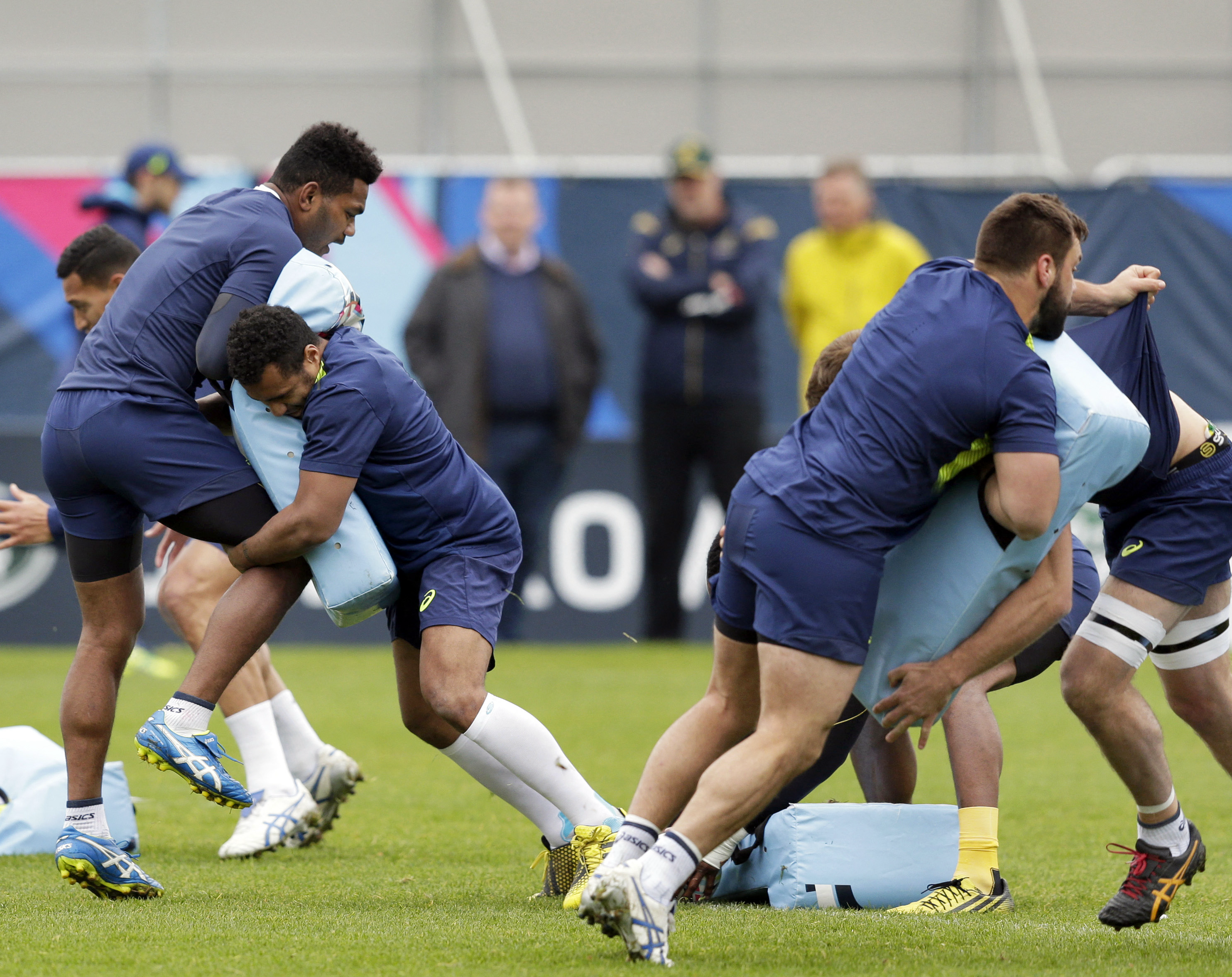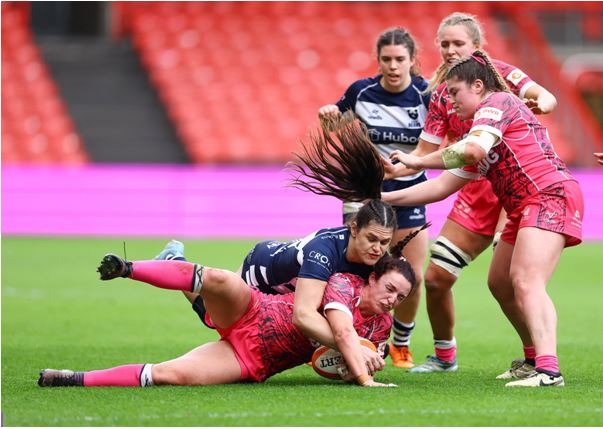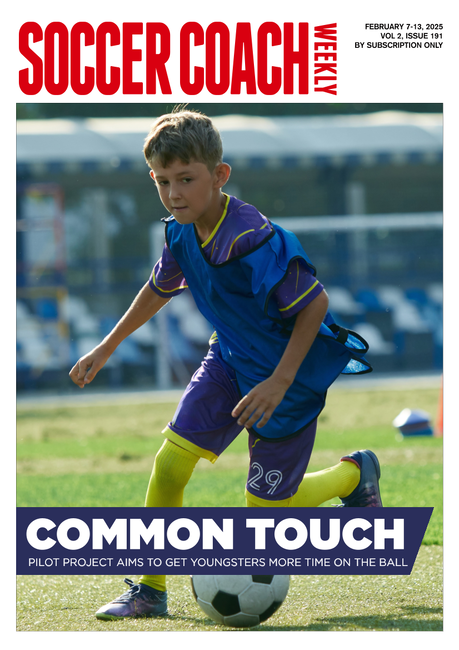8 ways to make a drill fly
A good “drill” will challenge and motivate players whilst serving as a stepping-stone towards their all-round game accomplishment. Embrace these principles to fine-tune your sessions…

A drill that works for you will be one you’ve made your own. It will suit the ability of both you and your players.
So if you’re going to use an exercise, rewrite or redraw it on paper. This will lead to subtle adjustments that suit what works for you normally.
The word “drill” evokes an army parade ground, not a game of rugby. You need to bring your “drill” alive by helping players to imagine the scenarios they’re working on. Either put it into context yourself or challenge players to see where the drill will fit into the game.
It’s easy to “advise” all the time during the drill. Better to make your words of advice succinct and essential.
Observe the session and let the players wait for help. If you want the drill to be noisy, let the players create the noise.
Drills, unlike games, are designed to highlight and emphasise the exact detail of a technique. Have this in mind when you’re observing and comment on the detail and not the whole.
If a pass is too loopy, then check the hands, elbows, weight, footwork and follow-through. Pick out the detail and coach the player.
Ask the players to give feedback on how they’re feeling during the drill. It should be an honest environment, where a player is comfortable to speak up if it’s not working for them.
A simple thumbs up or down can be enough to help you understand what’s happening so you can comment or adjust.
A balance must be struck between accuracy – which is where the player or ball is in the right place at the right time – and the way that accuracy was achieved.
Good technique will lead to accuracy, but an unusual technique can have the same effect. Don’t force a player to change if it works for them, just make them aware of the differences.
But don’t compromise accuracy for speed in drills. If accuracy falls significantly as things get faster, slow it all down again.
Intensity is measured by the size of the load, not the speed. To lift intensity in a drill and so make it more like the game, have the player take on more in the same amount of time. This could be decisions, passes, contacts, tackles or even weight.
Of course, you can also increase the pace of the drill, but this is only part of the whole process of upping the pressure.
See drills as a way of developing the way your team plays, not changing. You should build on their current strengths and correct their weaknesses.
Each drill is a step in the direction you want to take – over time they will lead to major change. From a motivational point of view, it’s easier to sell a “development” than a “change” to a team.

1 MAKE IT YOUR CREATION
A drill that works for you will be one you’ve made your own. It will suit the ability of both you and your players.
So if you’re going to use an exercise, rewrite or redraw it on paper. This will lead to subtle adjustments that suit what works for you normally.
2 PAINT THE PICTURE
The word “drill” evokes an army parade ground, not a game of rugby. You need to bring your “drill” alive by helping players to imagine the scenarios they’re working on. Either put it into context yourself or challenge players to see where the drill will fit into the game.
3 DON'T MICRO COACH
It’s easy to “advise” all the time during the drill. Better to make your words of advice succinct and essential.
Observe the session and let the players wait for help. If you want the drill to be noisy, let the players create the noise.
4 LOOK FOR DETAIL
Drills, unlike games, are designed to highlight and emphasise the exact detail of a technique. Have this in mind when you’re observing and comment on the detail and not the whole.
If a pass is too loopy, then check the hands, elbows, weight, footwork and follow-through. Pick out the detail and coach the player.
5 PLAYER FEEDBACK
Ask the players to give feedback on how they’re feeling during the drill. It should be an honest environment, where a player is comfortable to speak up if it’s not working for them.
A simple thumbs up or down can be enough to help you understand what’s happening so you can comment or adjust.
6 ACCURACY BEFORE SPEED
A balance must be struck between accuracy – which is where the player or ball is in the right place at the right time – and the way that accuracy was achieved.
Good technique will lead to accuracy, but an unusual technique can have the same effect. Don’t force a player to change if it works for them, just make them aware of the differences.
But don’t compromise accuracy for speed in drills. If accuracy falls significantly as things get faster, slow it all down again.
7 INTENSITY MEANS PRESSURE
Intensity is measured by the size of the load, not the speed. To lift intensity in a drill and so make it more like the game, have the player take on more in the same amount of time. This could be decisions, passes, contacts, tackles or even weight.
Of course, you can also increase the pace of the drill, but this is only part of the whole process of upping the pressure.
8 DEVELOP, NOT CHANGE
See drills as a way of developing the way your team plays, not changing. You should build on their current strengths and correct their weaknesses.
Each drill is a step in the direction you want to take – over time they will lead to major change. From a motivational point of view, it’s easier to sell a “development” than a “change” to a team.
TRAITS OF A GOOD DRILL
- Specific to the needs of the team
- Properly planned, with the right
- equipment in place
- Builds pressure and develops
- Game-related – a means to an end
Newsletter Sign Up
Coaches Testimonials

Gerald Kearney, Downtown Las Vegas Soccer Club

Paul Butler, Florida, USA

Rick Shields, Springboro, USA

Tony Green, Pierrefonds Titans, Quebec, Canada
Subscribe Today
Be a more effective, more successful rugby coach
In a recent survey 89% of subscribers said Rugby Coach Weekly makes them more confident, 91% said Rugby Coach Weekly makes them a more effective coach and 93% said Rugby Coach Weekly makes them more inspired.
Get Weekly Inspiration
All the latest techniques and approaches
Rugby Coach Weekly offers proven and easy to use rugby drills, coaching sessions, practice plans, small-sided games, warm-ups, training tips and advice.
We've been at the cutting edge of rugby coaching since we launched in 2005, creating resources for the grassroots youth coach, following best practice from around the world and insights from the professional game.


